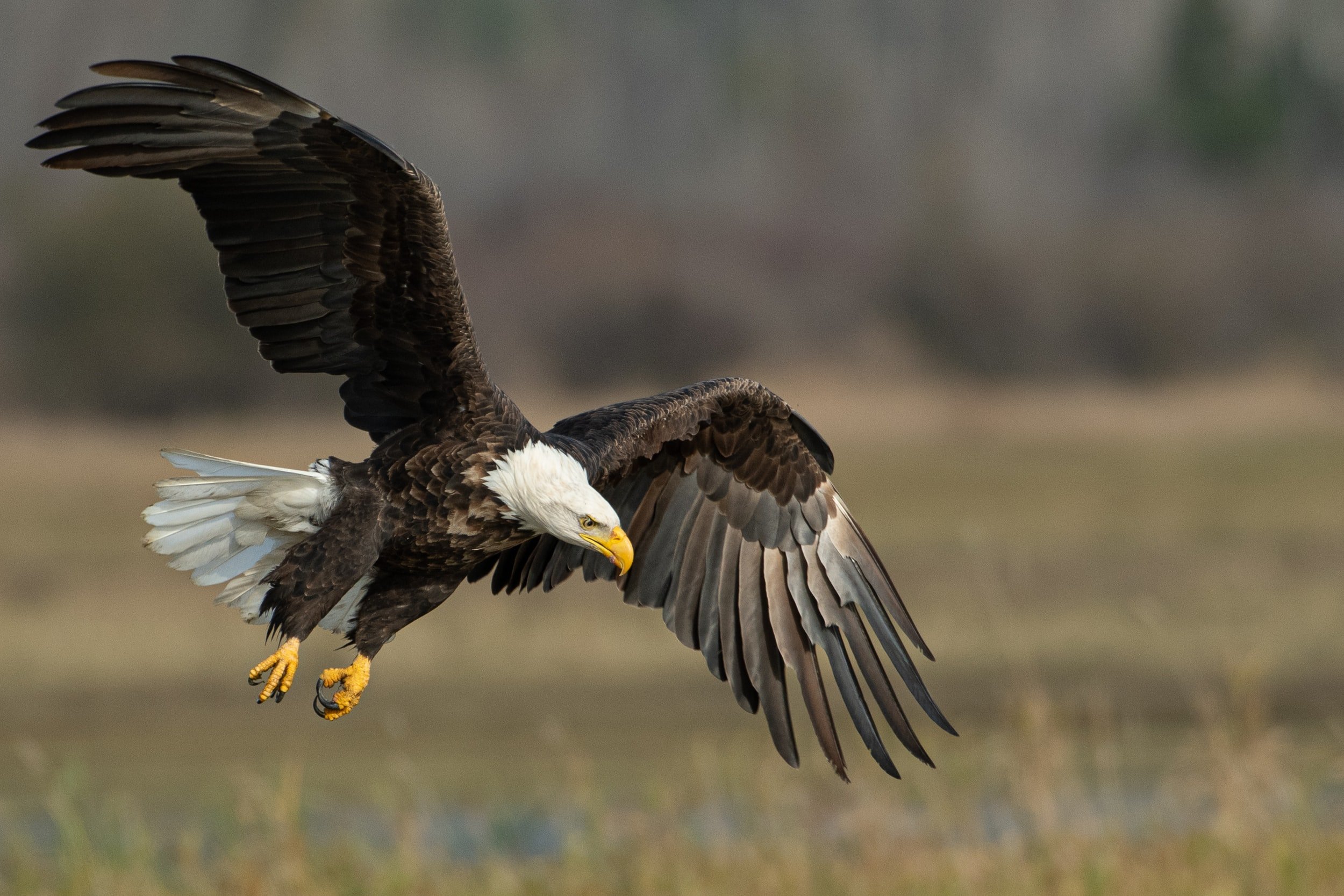A bill to fund state and tribal wildlife conservation efforts to the tune of $1.3 billion per year just passed the House.
Called the Recovering America’s Wildlife Act, (RAWA) it provides critical funding for programs to prevent American species from being placed on the Endangered Species List through recovery programs, habitat restoration, and invasive species management.
The RAWA works by amending the Pittman-Robertson Act of 1937, one of America’s cornerstone conservation legislations, and that places various excise taxes on firearms, hunting and fishing licenses, and other sportsmen necessities to fund state and tribal wildlife conservation.
Advocacy group Backcountry Hunters and Anglers called the legislation “unprecedented,” and commended the effort of Rep. Debbie Dingle (D – MI), the bill’s author.
$1.3 billion will be placed every year into a subaccount within the infrastructure of the Pittman-Robertson Act, with a special emphasis on assisting in the recovery of species that are listed as endangered species, threatened species, candidate species or species proposed for listing, or species petitioned for listing under the Endangered Species Act of 1973 or under state law.
States have identified 12,000 species in the United States that fall within that category. 15% of the total money received by a state or tribe must go to this purpose, and 10% towards a grant program for non-profits working towards that purpose. The remaining 75% can be spent on a variety of other means.
RAWA would increase the amount of money states have to help them by around 2,000% on average. About one-third of all the species categorized above are in Hawai’i, which will receive the largest share a state can.
“The Recovering America’s Wildlife Act is a once-in-a-generation opportunity to make a significant down payment on recovering thousands of imperiled animals and plants,” said Stephanie Kurose, a senior policy specialist at the Center for Biological Diversity. “It will help so many species that have been neglected by state wildlife agencies for far too long”.
State and tribal wildlife agencies have demonstrated the ability to successfully restore habitat for iconic game species, including Tule elk in California, harlequin ducks in Montana, northern pintails in Kansas and many others, and the Endangered Species Act is one of the world’s most successful conservation and recovery laws, with well above 90% of all listed species remaining alive, and many recovering to be de-listed.
While not all at-risk species are game species, they share the same habitat with critical game animals like mallards, mule deer, pronghorn, and wild trout. Improving habitat for one species benefits all of them, including wild game.
Normally these sorts of large conservation bills receive bipartisan support, and as the bill moves to the Senate, the only reason why an assumption that it will pass without problem could be wrong is the now-unignorable inflation problem, resulting from expansion of previous years’ money supplies now reaching broader circles of the economy. WaL
PICTURED ABOVE: A bald eagle is probably the best example of the Endangered Species Act succeeding in restoring a thriving population.
If you think the stories you’ve just read were worth a few dollars, consider donating here to our modest $500-a-year administration costs.



